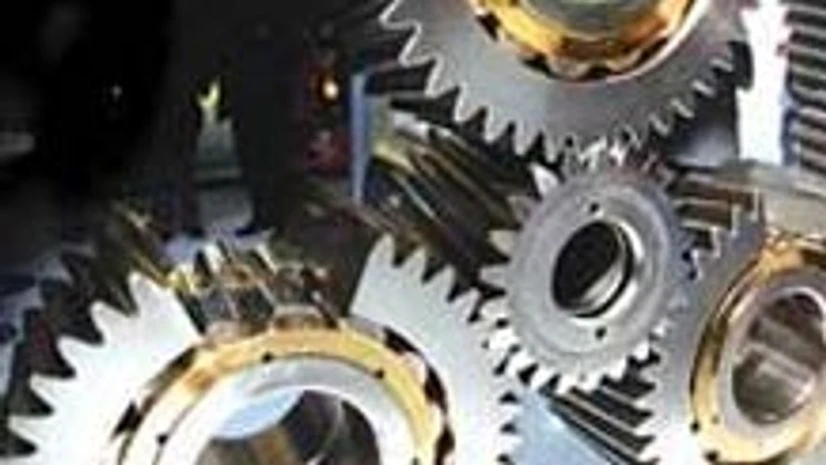A concensus forecast by a Reuters poll of 26 economists showed factory production likely fell by 0.7 percent in February on a year earlier, following a 2.4 percent surge in January.
Before that surprise rise in January, industrial output had contracted in seven of the previous 10 months.
Another fall does not bode well for Asia's third-largest economy, as it struggles to recover after a decade low annual growth rate in the fiscal year that ended in March.
"Core infrastructure has dropped very sharply... it wouldn't be a big surprise at all if IP came off quite sharply," said Aninda Mitra, an economist at Capital Economics in Singapore, who forecasts a 3 percent contraction.
"It overall reflects a generalised slowdown in demand and production is just responding to that," Mitra added.
Output in the country's eight key infrastructure industries, which make up almost 40 percent of factory production, contracted by an annual 2.5 percent in February after January's 3.9 percent rise.
More From This Section
Production in five of those eight declined, and as a result infrastructure output contracted for the first time since the new series started in April 2005.
"Core industry (output) is aligned more towards the investment-related activities which have not been doing well," said Siddhartha Sanyal, chief India economist at Barclays in Mumbai.
Capital goods output, a key barometer of investment, fell an annual 1.8 percent in January and grew just once in the previous 10 months until then.
The Indian economy has been beset by weak investment, flagging consumer demand, a slowdown in the rate of implementing infrastructure projects and ballooning government finances.
A contraction of industrial output would be out of line with the HSBC manufacturing PMI survey for February, which showed factories stepped up production during the month even though global demand had dented export growth.
The March PMI showed manufacturing activity grew at its weakest pace since November 2011, suggesting production is not likely to pick up anytime soon.
In turn, the recovery in overall economic growth will be delayed further, adding to the pressure on the Reserve Bank of India (RBI) to ease policy.
The RBI has cut its key repo rate twice this year, by 25 basis points each time to bring the rate down to 7.50 percent, in a bid to stimulate growth, but warned that further easing would depend on inflation easing and how the current account deficit is controlled.
(Polling by Sarmista Sen; Editing by Simon Cameron-Moore)

)
